-
 bitcoin
bitcoin $121833.232455 USD
-0.63% -
 ethereum
ethereum $4394.437030 USD
-2.00% -
 tether
tether $1.000570 USD
0.04% -
 bnb
bnb $1255.553465 USD
-3.73% -
 xrp
xrp $2.814944 USD
-1.59% -
 solana
solana $221.835346 USD
-2.40% -
 usd-coin
usd-coin $0.999869 USD
0.01% -
 dogecoin
dogecoin $0.249495 USD
-1.32% -
 tron
tron $0.336905 USD
-1.24% -
 cardano
cardano $0.816464 USD
-1.69% -
 chainlink
chainlink $22.130946 USD
-1.27% -
 hyperliquid
hyperliquid $44.208522 USD
-3.46% -
 ethena-usde
ethena-usde $1.000521 USD
0.02% -
 sui
sui $3.422897 USD
-2.51% -
 stellar
stellar $0.380164 USD
-1.31%
How to read the M top pattern of MFI? What is the selling point of the M top pattern?
The M top pattern on the MFI signals a bearish reversal when it forms an M shape with two peaks above 80 and a trough above 50, indicating waning bullish momentum.
May 25, 2025 at 12:57 pm
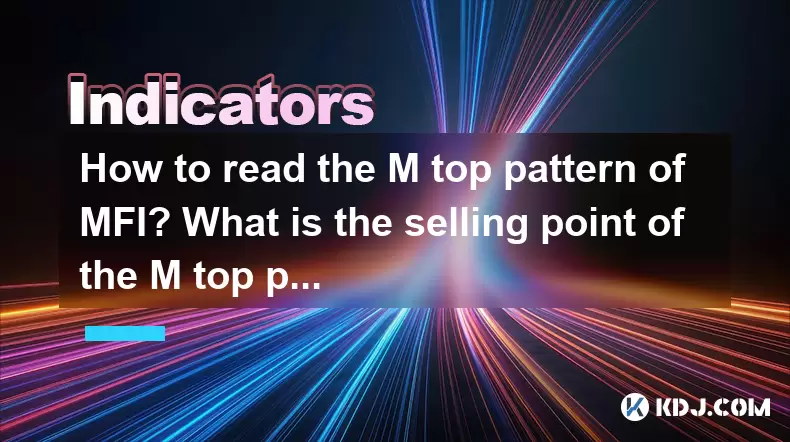
The Money Flow Index (MFI) is a popular technical indicator used by traders to evaluate the strength and direction of money flowing into and out of a security. One of the most recognized patterns within the MFI is the M top pattern. This pattern is crucial for traders because it can signal a potential reversal from a bullish to a bearish market trend. In this article, we will delve into how to read the M top pattern of MFI and identify its selling point.
Understanding the MFI
Before diving into the specifics of the M top pattern, it's important to have a basic understanding of the MFI. The Money Flow Index is a momentum indicator that measures the inflow and outflow of money into a security over a specific period. It is calculated using both price and volume data, making it a useful tool for gauging the buying and selling pressure.
The MFI ranges from 0 to 100, and it is typically considered overbought when it exceeds 80 and oversold when it falls below 20. Traders use these levels to identify potential reversal points in the market.
Identifying the M Top Pattern
The M top pattern on the MFI is a bearish reversal pattern that forms at the top of an uptrend. It is called an M top because the pattern resembles the letter M. Here's how to identify it:
- First Peak: The MFI rises to a high level, typically above 80, indicating overbought conditions.
- First Trough: The MFI then falls to a lower level, often below 80 but still above the 50 level.
- Second Peak: The MFI rises again to a high level, forming a second peak that is roughly at the same level as the first peak.
- Second Trough: Finally, the MFI falls again, confirming the M top pattern.
The M top pattern is significant because it suggests that the buying pressure that was driving the uptrend is starting to wane, and a bearish reversal may be imminent.
Reading the M Top Pattern
To effectively read the M top pattern, traders should focus on the following key elements:
- Peak Levels: The two peaks should be at similar levels, ideally both above 80. This indicates strong overbought conditions.
- Trough Levels: The trough between the two peaks should not fall below the 50 level. If it does, it may not be a valid M top pattern.
- Volume Confirmation: Look for a decrease in volume as the second peak forms. This can confirm the weakening of the bullish momentum.
By carefully analyzing these elements, traders can gain a better understanding of the potential reversal signaled by the M top pattern.
Selling Point of the M Top Pattern
The selling point of the M top pattern is one of the most critical aspects for traders to understand. It represents the optimal moment to enter a short position or exit a long position. Here's how to identify the selling point:
- Confirmation of the Second Trough: The M top pattern is confirmed when the MFI falls from the second peak to form the second trough. This is the first signal to consider selling.
- Break of Support: Look for the price to break below a key support level on the chart. This often coincides with the MFI falling below a certain threshold, such as 50.
- Divergence: If there is bearish divergence between the price and the MFI, where the price makes a higher high but the MFI makes a lower high, this can further confirm the selling point.
By waiting for these confirmations, traders can increase their chances of entering a trade at the most advantageous point.
Practical Example of the M Top Pattern
To illustrate how to read the M top pattern and identify its selling point, let's consider a practical example:
- Scenario: A trader is monitoring a cryptocurrency that has been in a strong uptrend. The MFI rises above 80, forming the first peak.
- Observation: The MFI then falls to 70, forming the first trough. It then rises again to 82, forming the second peak.
- Confirmation: The MFI falls again to 65, confirming the M top pattern.
- Selling Point: The trader waits for the price to break below a key support level and for the MFI to fall below 50. Once these conditions are met, the trader enters a short position.
This example demonstrates how to apply the principles of the M top pattern in a real trading scenario.
Common Mistakes to Avoid
When reading the M top pattern and identifying its selling point, traders should be aware of common pitfalls:
- Ignoring Volume: Failing to consider volume changes can lead to false signals. Always look for a decrease in volume as the second peak forms.
- Overlooking Divergence: Bearish divergence between the price and the MFI can provide additional confirmation of a reversal. Ignoring this can result in missed opportunities.
- Premature Selling: Entering a trade too early, before the pattern is fully confirmed, can lead to losses. Patience is key when waiting for the selling point.
By avoiding these mistakes, traders can improve their ability to read the M top pattern effectively.
Frequently Asked Questions
Q: Can the M top pattern appear in other technical indicators?A: Yes, the M top pattern can appear in other momentum indicators such as the Relative Strength Index (RSI) and the Stochastic Oscillator. However, the MFI is unique because it incorporates volume data, making its signals potentially more reliable.
Q: How reliable is the M top pattern for predicting market reversals?A: The reliability of the M top pattern can vary depending on market conditions and other factors. It is most effective when used in conjunction with other technical analysis tools and indicators. Traders should always use multiple confirmations before making trading decisions.
Q: Can the M top pattern be used for long-term trading strategies?A: While the M top pattern is typically used for shorter-term trading, it can be adapted for longer-term strategies by adjusting the timeframe of the MFI. For example, using a longer period for the MFI calculation can help identify M top patterns on weekly or monthly charts.
Q: What are some other bearish reversal patterns to look for alongside the M top pattern?A: Other bearish reversal patterns that traders might look for alongside the M top pattern include the double top, head and shoulders, and bearish engulfing patterns. Combining these patterns can provide stronger signals for potential market reversals.
Disclaimer:info@kdj.com
The information provided is not trading advice. kdj.com does not assume any responsibility for any investments made based on the information provided in this article. Cryptocurrencies are highly volatile and it is highly recommended that you invest with caution after thorough research!
If you believe that the content used on this website infringes your copyright, please contact us immediately (info@kdj.com) and we will delete it promptly.
- SUI, BNB, Digitap: Decoding the Hottest Crypto Plays
- 2025-10-10 23:05:17
- Altcoins on the Radar: XRP, Avalanche, and the Next Big Thing
- 2025-10-10 23:05:17
- Jupiter, Ethena, and JupUSD: A New Stablecoin on the Solana Horizon
- 2025-10-10 23:10:01
- Starknet (STRK) Price Pumping: What's Behind the Surge?
- 2025-10-10 22:45:15
- Whale Alert: Bitcoin Accumulation on Hyperliquid Signals Bullish Trend
- 2025-10-10 23:10:01
- Dogecoin, Bitcoin, and Chart Analysis: Navigating the Crypto Seas
- 2025-10-10 22:45:15
Related knowledge
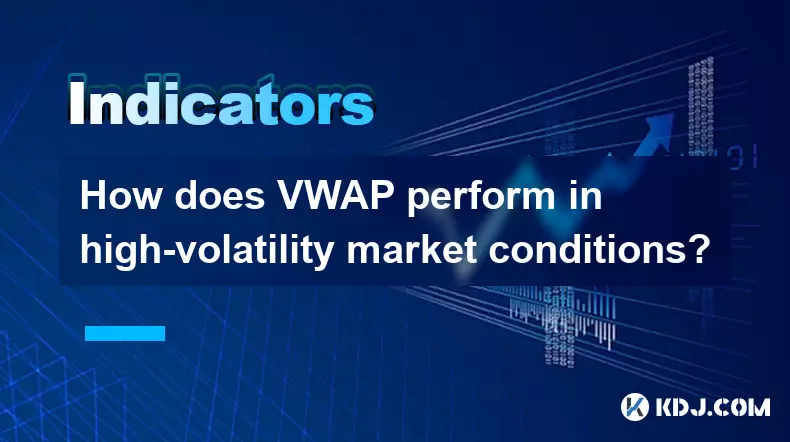
How does VWAP perform in high-volatility market conditions?
Oct 10,2025 at 08:00pm
Understanding VWAP in Turbulent Market Phases1. Volume-Weighted Average Price (VWAP) serves as a benchmark for institutional traders aiming to assess ...
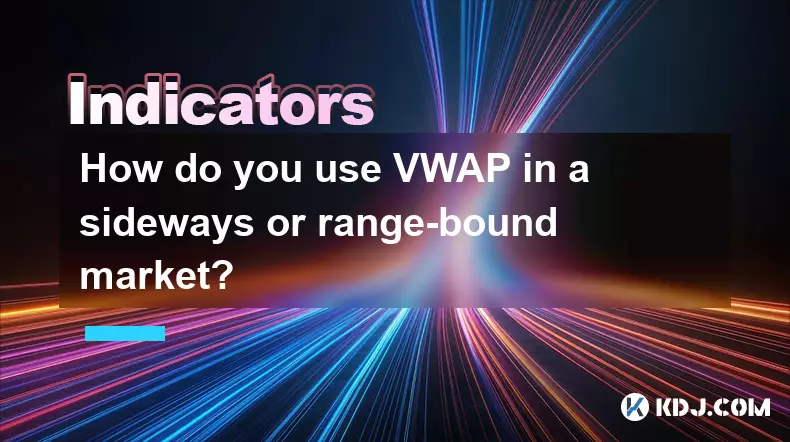
How do you use VWAP in a sideways or range-bound market?
Oct 10,2025 at 10:00am
Understanding VWAP in Range-Bound Conditions1. The Volume Weighted Average Price (VWAP) serves as a benchmark for intraday trading, combining both pri...
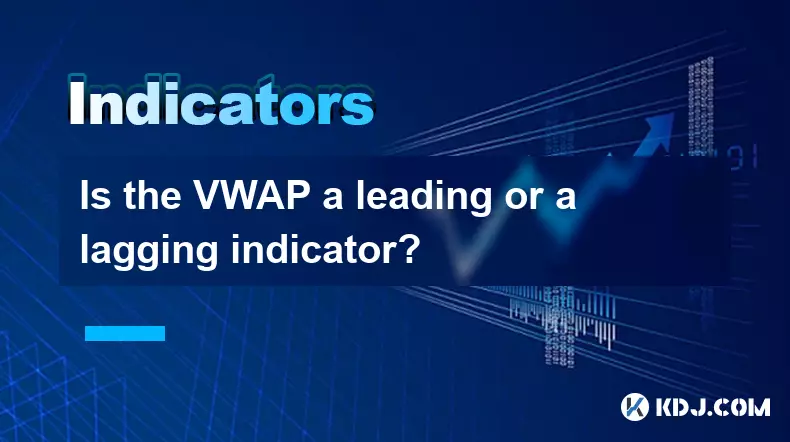
Is the VWAP a leading or a lagging indicator?
Oct 10,2025 at 09:37am
Understanding VWAP in the Context of Crypto Trading1. The Volume Weighted Average Price (VWAP) serves as a benchmark for traders analyzing intraday pr...
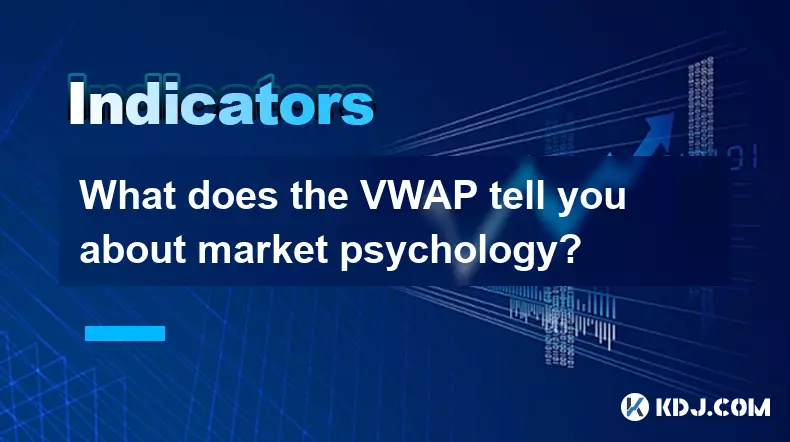
What does the VWAP tell you about market psychology?
Oct 10,2025 at 03:00pm
Understanding VWAP as a Reflection of Market Sentiment1. The Volume Weighted Average Price (VWAP) serves as a benchmark that reflects the average pric...
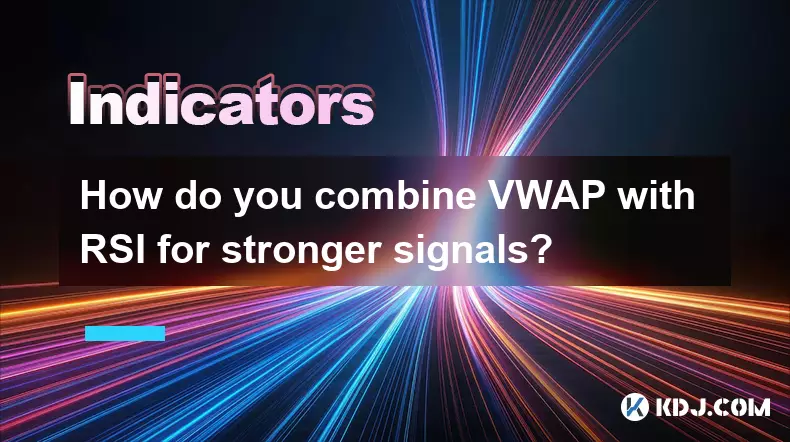
How do you combine VWAP with RSI for stronger signals?
Oct 10,2025 at 12:36pm
Understanding the Synergy Between VWAP and RSI1. The Volume Weighted Average Price (VWAP) serves as a benchmark for institutional traders, reflecting ...
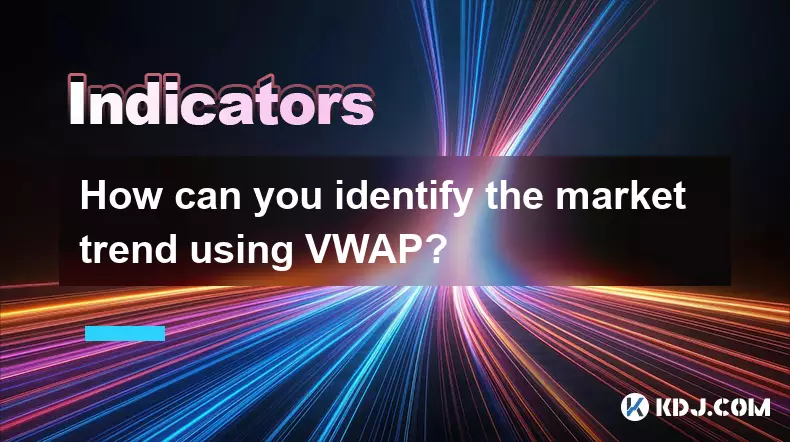
How can you identify the market trend using VWAP?
Oct 10,2025 at 01:00pm
Understanding VWAP and Its Role in Market Analysis1. The Volume Weighted Average Price (VWAP) is a trading benchmark that represents the average price...

How does VWAP perform in high-volatility market conditions?
Oct 10,2025 at 08:00pm
Understanding VWAP in Turbulent Market Phases1. Volume-Weighted Average Price (VWAP) serves as a benchmark for institutional traders aiming to assess ...

How do you use VWAP in a sideways or range-bound market?
Oct 10,2025 at 10:00am
Understanding VWAP in Range-Bound Conditions1. The Volume Weighted Average Price (VWAP) serves as a benchmark for intraday trading, combining both pri...

Is the VWAP a leading or a lagging indicator?
Oct 10,2025 at 09:37am
Understanding VWAP in the Context of Crypto Trading1. The Volume Weighted Average Price (VWAP) serves as a benchmark for traders analyzing intraday pr...

What does the VWAP tell you about market psychology?
Oct 10,2025 at 03:00pm
Understanding VWAP as a Reflection of Market Sentiment1. The Volume Weighted Average Price (VWAP) serves as a benchmark that reflects the average pric...

How do you combine VWAP with RSI for stronger signals?
Oct 10,2025 at 12:36pm
Understanding the Synergy Between VWAP and RSI1. The Volume Weighted Average Price (VWAP) serves as a benchmark for institutional traders, reflecting ...

How can you identify the market trend using VWAP?
Oct 10,2025 at 01:00pm
Understanding VWAP and Its Role in Market Analysis1. The Volume Weighted Average Price (VWAP) is a trading benchmark that represents the average price...
See all articles










































































